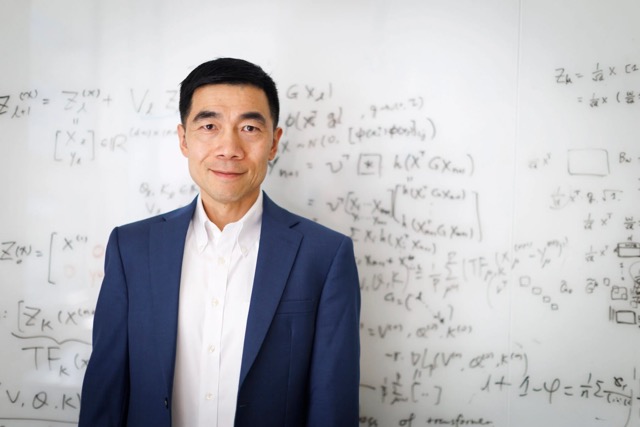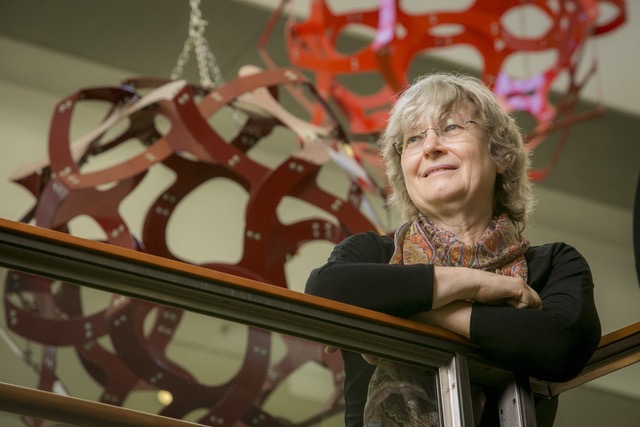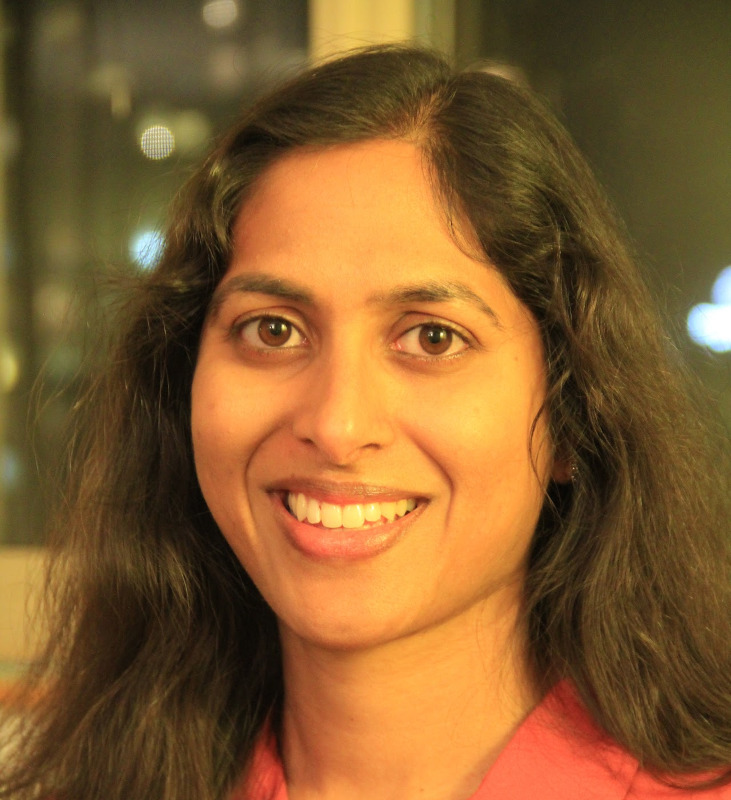|
|
|
Program > Plenary SpeakersGerhard P. Fettweis
Gerhard P. Fettweis, F'09, earned a Ph.D. under H. Meyr at RWTH Aachen (Germany) in 1990. After a postdoc at IBM Research, San Jose, he joined TCSI, Berkeley, USA. Since 1994 he is Vodafone Chair Professor at TU Dresden, Germany. Since 2018 he is also founding Scientific Director & CEO of the Barkhausen Institute. He researches wireless transmission and chip design, coordinates 5G++Lab Germany and the German Cluster-for-Future SEMECO. His team spun-out 18 tech and 3 non-tech startups, and he initiated 5 platform corporations. Gerhard is member of the German Academy of Sciences (Leopoldina), the German Academy of Engineering (Acatech), the US National Academy of Engineering, and the US National Academy of Inventors (NAI). He is active in helping organize IEEE conferences. His latest recognition is becoming EURASIP Fellow 2024. Designing 6G Networks and AI: Navigating Challenges and Bridging the Implementation GapThe 6th generation of cellular networking is still in its formative stage, leaving its exact capabilities and structure open to definition. To explore the potential of 6G, we revisit the evolution of cellular technology and identify a critical opportunity: the enablement of personal mobile robotics and extended reality (XR). Realizing this potential will require the development of innovative functionalities, ultra-low-power network operations, and extreme low-power AI processing at the edge. Furthermore, these advancements demand a reimagining of trustworthiness within this new technological landscape—introducing a host of complex challenges One pivotal new functionality, “sensing-as-a-service,” is poised to be a major driver of next-generation applications. This innovation not only presents challenges in RF implementation but also necessitates massive MIMO and novel signal processing techniques. However, it simultaneously introduces unprecedented challenges to the trust and trustworthiness of networks and edge devices. This raises the fundamental question: How do we define “trustworthiness” in the realm of electronics? To bridge this "implementation gap," it is crucial to concentrate on algorithm-architecture tradeoffs. Through illustrative examples, we demonstrate how design methodologies and algorithmic transformations can effectively address these challenges, resulting in significant performance gains. The design of signal processing chips for communications and AI remains both an art and a science. Despite the rapid advancement of semiconductor technology, the foundational principles of mapping signal processing onto hardware and programmable architectures continue to hold strong relevance.
Yue M. Lu
Yue M. Lu attended the University of Illinois at Urbana-Champaign, where he received both the M.Sc. degree in Mathematics and the Ph.D. degree in Electrical Engineering in 2007. He currently serves as a Harvard College Professor and Gordon McKay Professor of Electrical Engineering and of Applied Mathematics at Harvard University. He has also had the privilege of holding visiting appointments at Duke University in 2016 and at the École Normale Supérieure (ENS) in Paris in 2019. His research interests lie in the mathematical foundations of statistical signal processing and machine learning in high dimensions. His research contributions have been recognized with several best paper awards (from the IEEE ICIP, ICASSP, GlobalSIP), the ECE Illinois Young Alumni Achievement Award (2015), and the IEEE Signal Processing Society Distinguished Lecturership (2022). He is a Fellow of the IEEE (class of 2024). Exploring and Exploiting the Universality Phenomenon in High-Dimensional Estimation and LearningUniversality is a fascinating high-dimensional phenomenon. It suggests the existence of universal laws that govern the macroscopic behavior of numerous large and complex systems, regardless of their microscopic differences. In this talk, I will share recent progress in understanding and leveraging the universality phenomenon within the context of statistical estimation and learning on high-dimensional data. I will delve into several examples, including spectral methods for learning multi-index models, kernel and random feature regression, approximate message passing algorithms, regularized linear regression on highly structured, nearly deterministic design matrices, and in-context learning by linear transformers. Collectively, these examples demonstrate the robustness and broad applicability of the universality phenomenon.
Ingrid Daubechies
Ingrid Daubechies is a Belgian American mathematician whose work focuses on applications of mathematics to a wide range of fields. She currently holds the title of James B. Duke Professor of Mathematics and Electrical and Computer Engineering at Duke University. She started her career in mathematical physics, branching out to signal analysis a few years after her Ph.D. Her construction of bases of wavelets supported on finite intervals not only solved fundamental mathematical problems, but also had a large impact on signal and image processing; some of her work is used in the image compression standard JPEG-2000. She has played a unique role in making wavelets a practical basic tool of applied mathematics with major impacts on medical imaging, remote sensing, and digital photography, and she has also introduced sophisticated mathematical techniques to art conservation and evolutionary biology. Mathematicians helping art historians and art conservatorsIn recent years, mathematical algorithms have helped art historians and art conservators putting together the thousands of fragments into which an unfortunate WWII bombing destroyed world famous frescos by Mantegna, decide that certain paintings by masters were “roll mates” (their canvases were cut from the same bolt), virtually remove artifacts in preparation for a restoration campaign, get more insight into paintings hidden underneath a visible one. The presentation reviews these applications, and gives a glimpse into the mathematical aspects that make this possible.
Tara Sainath
Dr. Tara Sainath holds an S.B., M.Eng, and PhD in Electrical Engineering and Computer Science from MIT. She has many years of experience in speech recognition and deep neural networks, including 5 years at IBM T.J. Watson Research Center, and more than 10 years at Google. She is currently a Distinguished Research Scientist and the co-lead of the Gemini Audio Pillar at Google DeepMind. There, she focuses on the integration of audio capabilities with large language models (LLMs). Her technical prowess is recognized through her IEEE and ISCA Fellowships, and awards such as the 2021 IEEE SPS Industrial Innovation Award and the 2022 IEEE SPS Signal Processing Magazine Best Paper Award. She has served as a member of the IEEE Speech and Language Processing Technical Committee (SLTC) as well as the Associate Editor for IEEE/ACM Transactions on Audio, Speech, and Language Processing. Dr. Sainath's leadership is exemplified by her roles as Program Chair for ICLR (2017, 2018) and her extensive work co-organizing influential conferences and workshops, including: Interspeech (2010, 2016, 2019), ICML (2013, 2017), and NeurIPS 2020. Her primary research interests are in deep neural networks for speech and audio processing. End-to-End Speech Recognition: The Journey from Research to ProductionEnd-to-end (E2E) speech recognition has become a popular research paradigm in recent years, allowing the modular components of a conventional speech recognition system (acoustic model, pronunciation model, language model), to be replaced by one neural network. In this talk, we will discuss a multi-year research journey of E2E modeling for speech recognition at Google. This journey has resulted in E2E models that can surpass the performance of conventional models across many different quality and latency metrics, as well as the productionization of E2E models for Pixel 4, 5 and 6 phones. We will also touch upon future research efforts with E2E models, including multi-lingual speech recognition.
|





